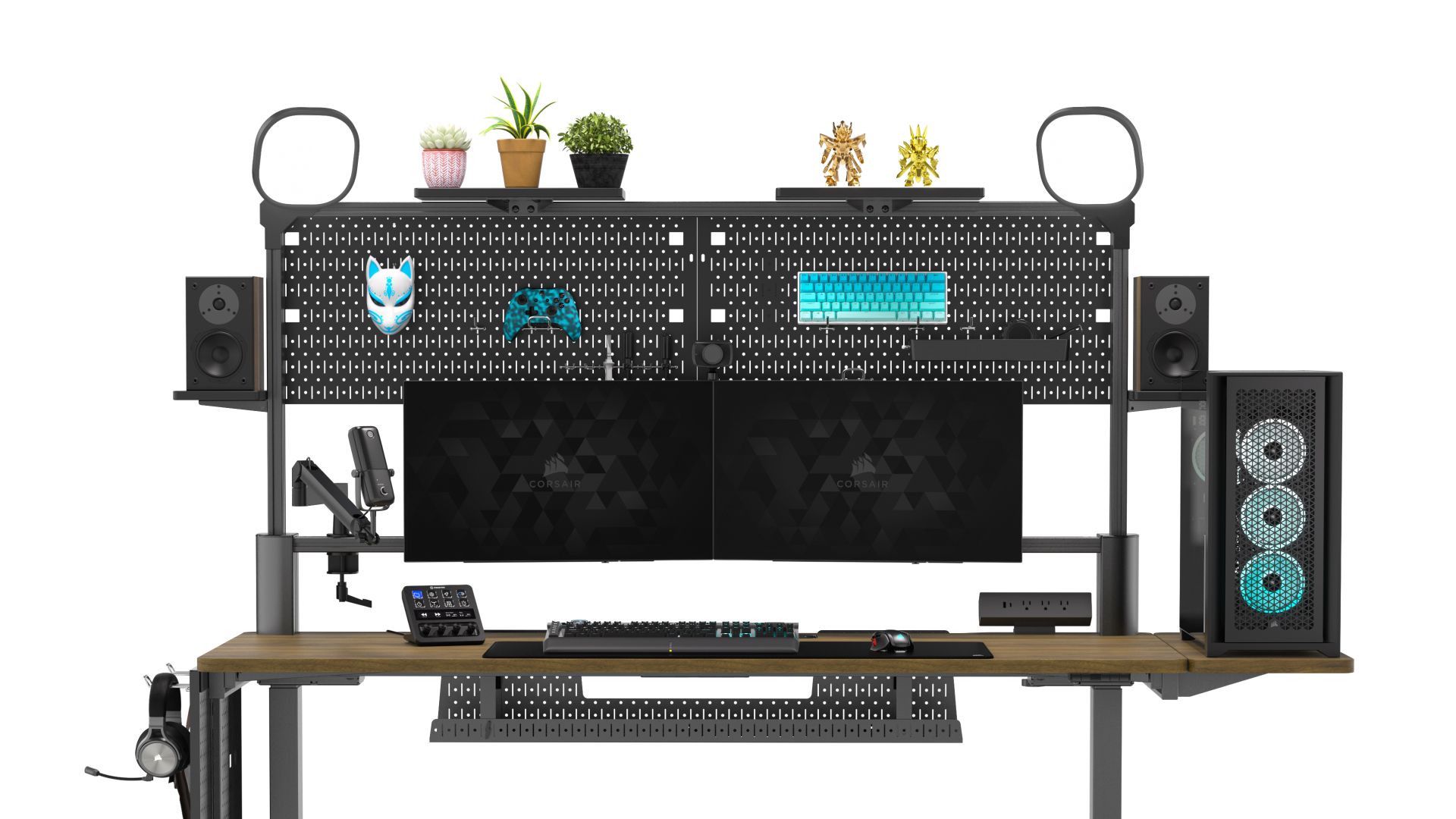
If a recently-granted patent makes it into the product—and they often don’t—then a future Apple Watch may be able to automatically color-coordinate with any band or even your clothing or accessories.
The patent, filed in July of 2021 and just granted on August 22, 2023, ways in which a future Apple Watch might be able to change the color of its face to match your band, or almost anything else.
For official Apple watch bands, the device (the Apple Watch) could identify exactly which band you have, matching the display to it from a predetermined list. But for non-official bands, or indeed any other object like your clothing, handbag, jewelry, or accessories Apple has a more sophisticated method in store.
The patent describes a light sensor behind the display (like the ambient light sensor on today’s Apple Watches). You would hold your Apple Watch face up to the object you want to measure (your tie, for instance), and the display would cycle through emitting a series of specific colors while the light sensor measures how much light is reflected back to it. An algorithm pieces together that data to determine the exact color.
But that’s not all! Apple even describes using the capacitive display to help determine the material of what you’re measuring. This bit from the patent is especially interesting:
In addition to or instead of gathering user input to determine the appropriate algorithm for determining the color of external objects, control circuitry may use a sensor to help classify external object and identify an appropriate algorithm for determining its color. For example, touch sensor may gather capacitive information while object is held over display. This capacitive information may be indicative of the type of material that object is made of Materials with different dielectric constants will produce different responses from touch sensor
Materials with a relatively high dielectric constant such as metal may result in a higher capacitive reading from touch sensor than materials with a relatively low dielectric constant such as fabric. After determining the type of material that object is made from based on the capacitive sensor data from touch sensor, control circuitry may select which algorithm to use based on the type of material and/or may otherwise narrow down the possible results that an algorithm may produce based on the type of material.
In other words, different materials require different algorithms to correctly determine their color. So the capacitive display may be able to determine if a surface is cloth, leather, metal, plastic, or something else by measuring the resistance on the capacitive touch screen held against it. You could imagine this also being used in the resulting watch face; match a metal object, and get a watch face with faux-metal sheen to it, for instance.
It is unclear if this technology is possible using just the ambient light sensor that currently exists on Apple Watches under the OLED display. But we’d like to remind our readers that Apple files for and is granted patents all the time that never make it into any product. This feature may never come to pass, or it may be enabled by a future watchOS update, potentially limited to specific Apple Watch models.






